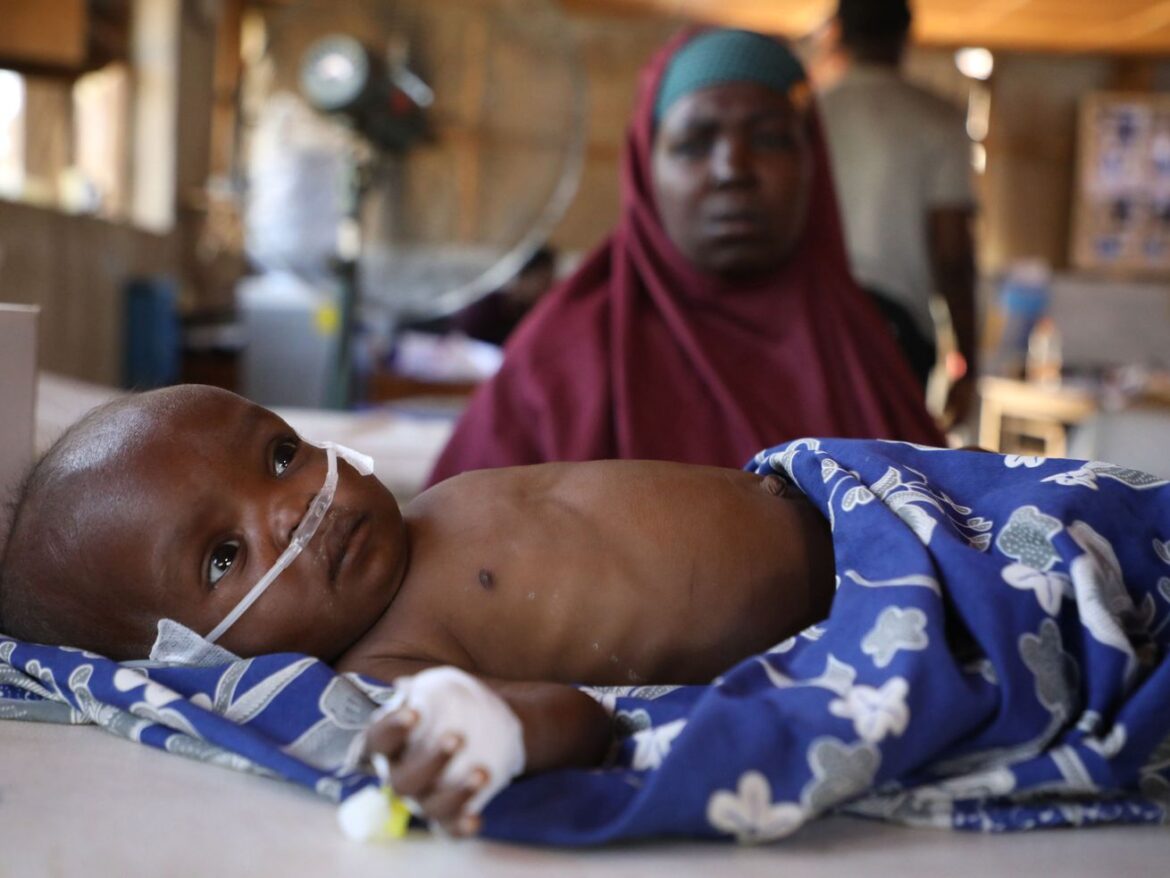However bad you think lead poisoning is for the world, it’s worse.
Everyone knows lead is bad for you. We’ve known this for a very long time: in the first century BCE, the Roman architect Vitruvius warned against using lead in pipes, observing the “pallid color” of plumbers forced to work with it. We know leaded gasoline leads to premature death in the elderly, that high lead exposure can substantially reduce IQ, and that there is likely a relationship between lead exposure in children and high rates of crime later on.
Yet lead is still everywhere — especially in poorer countries. Pure Earth, the largest nonprofit working on lead contamination internationally, recently conducted a massive survey of products in 25 low and middle-income countries, from Peru to Nigeria to India to the Philippines, to test for lead levels in household goods. In their sample they found high levels of lead in 52 percent of metal and 45 percent of ceramic foodware (a category including dishes, utensils, pots and pans), as well as 41 percent of house paints and 13 percent of toys.
This has major consequences. A new paper in Lancet Planetary Health, authored by economist Bjorn Larsen and Ernesto Sánchez-Triana, World Bank’s global lead for pollution management, tries to quantify the scale of the lead problem globally.
The authors estimate that some 5.5 million people die prematurely due to lead exposure every year, and that the problem as a whole imposes a social cost of $6 trillion a year. That equals 6.9 percent of total world GDP.
These are massive numbers, and it’s worth putting them into context: 5.5 million deaths from lead in 2019 exceeds the number of people who died that year from car accidents (1.2 million), tuberculosis (1.18 million), HIV/AIDS (863,837), suicide (759,028), and malaria (643,381) combined. If accurate, the figure means that a little under one in 10 deaths globally can be traced to lead. Meanwhile, a social cost of 6.9 percent of global GDP exceeds a recent World Bank estimate of the social cost of air pollution, which added up to 6.1 percent of GDP.
Digging into the cost of lead
These massive numbers may seem more plausible when you consider just how prevalent serious lead exposure is in developing countries.
A 2021 evidence review led by environmental scientist Bret Ericson reviewed blood lead surveys in 34 nations, which together account for over two-thirds of the world’s population. Overall, those studies estimated that 48.5 percent of children had high lead levels (defined as above 5 micrograms per deciliter, or µg/dL). Levels of exposure varied greatly, with surveys in a few countries (like Tanzania) not finding any children with blood lead levels above 5 µg/dL, and other countries (like Pakistan) showing huge majorities with levels that high. (Of course, it’s possible that limitations in these surveys underestimate lead exposure in some countries.)
We can identify a number of possible sources of these high lead levels. Historically, the major driver was lead in gasoline, but in 2021 the last country on Earth still using lead for that purpose (Algeria) phased it out. Lead is widely used in car batteries, plane fuel, and the consumer goods that Pure Earth surveyed in its report, but which source is most important in contributing to poisoning in children is still unclear.
For one thing, we know surprisingly little about how lead in, say, a plate translates into lead in the system of a human eating off that plate. The Pure Earth study included a test of some aluminum cookware, wherein it boiled acetic acid (the main ingredient in vinegar) in them for two hours, and then tested the liquid for lead. Fifty-two percent of the pots had leached an amount of lead above the World Health Organization guideline level for drinking water. That suggests that food cooked in such pots would contain lead, which would then poison children who drink it. But much more research is needed.
Indeed, “more research is needed” is a decent summary for the whole state of lead research. The Lancet Planetary Health study finding that lead kills 5.5 million people a year relied on lead poisoning estimates from the Global Burden of Disease study, which sometimes produces its numbers not based on surveys of actual people, but on other data (like the share of population in urban areas, and the year that leaded gasoline was phased out) that is in turn predictive of lead exposure.
Further, the Lancet study estimates deaths caused by lead-induced cardiovascular disease based on studies of the US, estimating the effect of lead on cardiovascular disease rates. Air pollution expert Roy Harrison told the news agency AFP that applying such findings to the whole world is “a huge jump of faith.”
That said, any errors could go in both directions. The actual surveys that Ericson and coauthors compiled of blood lead levels showed that the problem was worse than the Global Burden of Disease data suggested. It might be that lead is a greater risk factor for cardiovascular disease in poor countries than in the US, because there are more medical resources to counter the negative effects of lead in the US. All of that could mean the new study actually underestimates the damage lead is doing.
The only way to have a stronger sense of the scale of the problem is to invest more in understanding it. A 2021 report found that nonprofits spend, at most, $10 million a year addressing lead exposure in developing countries, with much of that money coming from governments. For comparison, global efforts to fight HIV/AIDS, which, if this new report is to be believed, kills about one-fifth as many people globally as lead does, got $8.2 billion in government funding in 2022 alone.
The point here is not that we’re spending too much on HIV/AIDS — we may still be spending too little there too. But we’re spending far too little on understanding and tackling lead exposure, when it could be a problem of similar or greater magnitude. It’s among the most neglected problems in global health, and one where a substantial investment could go a long way.



